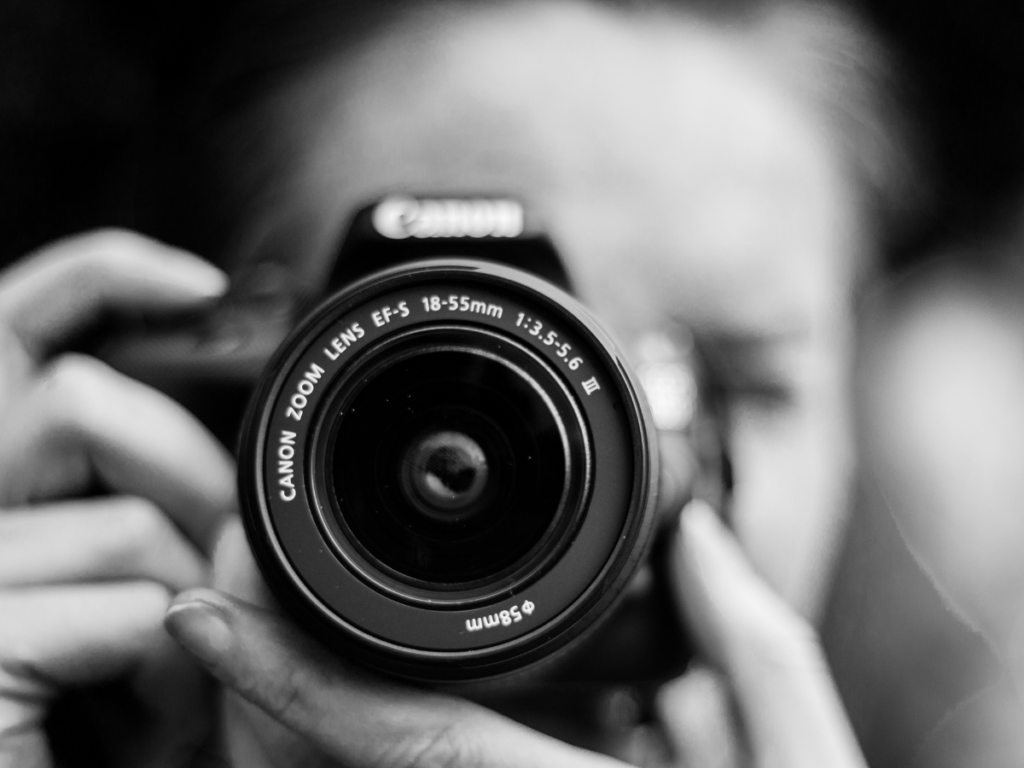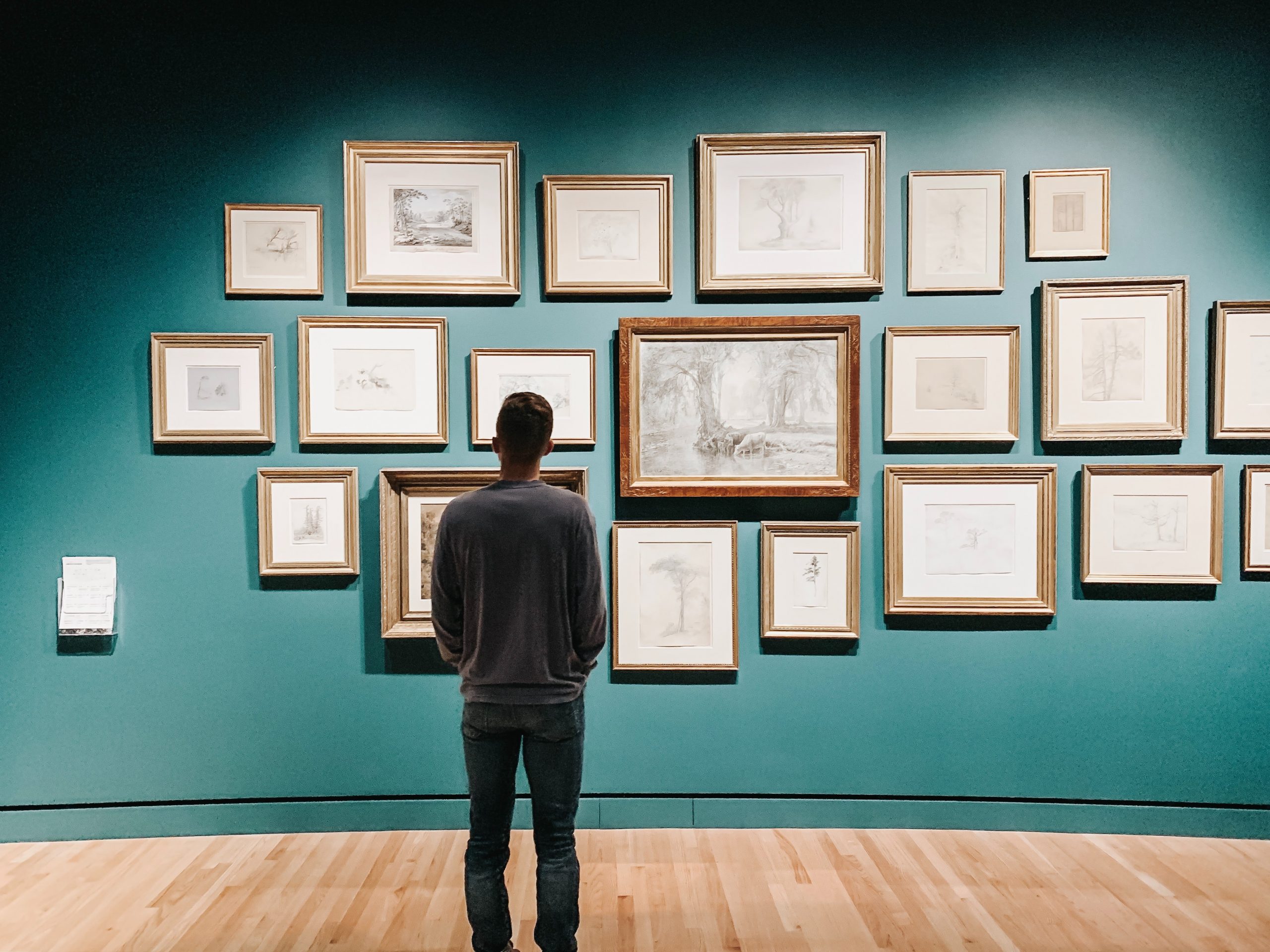PRIZE REVIEW: Australian Life Photography Competition 2024 (City of Sydney)

This month, Arts law has reviewed the terms and conditions for entry of the Australian Life Photography Competition 2024. You can read the terms and conditions of this competition here, with additional entry information here, and an online entry form with further terms here.
The deadline for this competition is Sunday 21 April 2024.
What is the rating?
Arts Law has awarded the competition’s terms of entry three out of five stars.

How did Arts Law help?
Arts Law was contacted by an artist who asked us to review the terms and conditions of the Competition. We contacted the City of Sydney (the Organiser) about our review. The Organiser replied noting that it may be prepared to engage with us to review the terms of future competitions but were not in a position to change the terms for this year.
How artist-friendly is this competition?
Overall, the terms of the Australian Life Photography Competition are generally artist-friendly. However, there are a few clauses that favour the Organiser that entrants should be aware of.
The terms of the competition provide for twenty-eight finalists from the over-18 category and eight from the 13-17 category. A welcome incentive for entry, each finalist will receive a fee of $500. The winner of the over-18 category will receive $10,000 and an OM-5 Camera + 12-45mm F4.0 PRO Lens (RRP $2,499). The winner of the 13-17 category will receive $2,000, but not the camera equipment.
There is a ‘People’s Choice’ award determined by online voting on the ‘Art and About’ website. Anyone may vote within the voting period (1-18 August 2024). The winner of the popular vote will receive an OM-1 Mark II Camera + 12-40mm F2.8 PRO II Lens (RRP $5,398).
The winners will be included in an outdoor, public exhibition at Circular Quay. (Previously, this exhibition has taken place in Hyde Park.) Because the images are required to be reproduced at scale for outdoor exhibition, the images will be printed by the Organiser at no expense to the entrants, and this large-scale reproduction will belong to the photographer following the exhibition. (See more on this below.)
One important term is that for any of the ‘People’s Choice’ winners, there is a three-week window to “redeem” the Prizes. If an entrant does not “redeem” the Prize within the window, it will be forfeited and no Prize will be given. We think that these terms could make clearer the process for redeeming the Prize, including that the Organisers have an onus to seek out the winners and make every available effort to ensure they receive their winnings.
Artificial intelligence, image verification and model releases
One term of note is that photographs must “not use or include any synthetic or artificially generated images or elements (including generative fill in post-production), and that photographs must “not have been created or developed, in whole or in part, using any generative artificial intelligence tools”. It is good that the Organiser has specified this clearly in the terms of entry to leave no doubt in entrants’ minds before they make a submission.
To verify that the entries comply with this term, photographers may be required to provide original RAW (or equivalent) files to prove that the photographs were taken by a camera without that manner of digital intervention. The entry form (but not the Terms) clarifies that “Any editing of entries should maintain the integrity of the original image’s content and context.”
A further term for eligibility is that any identifiable person in the photograph may be asked to sign a model release as a condition for inclusion in the Competition. This will presumably be provided by the Organiser and is, in our view, a sign of good practice as it would seem to be geared towards protecting photographic subjects and models.
Does the Competition protect artists’ copyright?
Entrants must provide a warranty that they are the owner of all intellectual property rights in the photograph and have obtained all necessary approvals and consents to enter the work in the Competition. If an entry is found to infringe on another person’s intellectual property rights, the work will be removed from the Competition and any prize money must be returned.
All finalists and winners must agree to an irrevocable, worldwide licence to their photographs to reproduce, publish and communicate the images to the public. For the City of Sydney itself, there is also a very broad licence for “publicity and promotion of the City including City media and marketing campaigns”. This licence is to the Organiser, but also to “all sponsors and partners of the Competition”. Currently, the only listed Partner on the City of Sydney website is ‘OM SYSTEM’ (which is providing the photography equipment to the winners).
This licence is very broad and could be clarified by making it “non-exclusive”. This means entrants are free to use their image in other contexts going forward. It could further be strengthened by being “non-commercial” – which is especially relevant for sponsors and partners to ensure that the image cannot be used without a fee in marketing campaigns or other business purposes.
Does the Competition respect moral rights?
On moral rights, the terms could be stronger in favour of entrants. Clause 4.c. requires entrants to agree that the Organiser may adapt photographs for the online gallery, large format reproduction and use in the Organiser’s media and advertising.
This is potentially quite a broad permission and could include cropping, alteration of colours and re-scaling images. Clause 4.f. also notes that the Organiser will use their “best endeavours” to acknowledge entrants in publicity as the photographer.
This could certainly be stronger to say that the Organiser “must” acknowledge all photographers each time the image is reproduced, published or communicated to the public, and that prior written consent is required for any changes that are not minor or reasonable.
Release and Indemnity Clauses
Clause 5 contains a strict ‘Release and Indemnity’ which is heavily in favour of the Organiser.
Clause 5.b. releases the Organiser and all sponsors and partners of the Competition from “any claim, damage, expense, loss, cost or liability” regarding moral rights infringement and “use of your photograph by the City, or the sponsors and partners of the Competition.”
Clause 5.c. is an indemnity clause – meaning that the Organiser and sponsors and partners of the Competition can require entrants to compensate the Organiser for “any claim, damage, expense, loss, cost or liability” that arises for them because of “any intellectual property rights” infringement, use of the photograph by the City of the sponsors and partners, and “the Competition” as a whole.
Large format reproduced photograph
One unique feature of this prize is that the images are reproduced at a large scale by the Organiser for the public exhibition at Circular Quay. As such, the City of Sydney claims ownership of the photograph itself, “including reproductions for the purposes of exhibition”.
This clause could be greatly improved through inclusion of acknowledgement that this proprietary claim does not effect the underlying copyright, which remains the property of the photographer. It also should clarify that reproductions of the physical print of the entrants’ images are used under licence and are not “property of the City”.
Following the exhibition, the Organiser will send entrants the large format photograph and, upon receipt, it becomes the property of the entrant.
What could the Organiser have done better?
In summary, to make the terms fairer for artists the Organiser could:
- Improve the licensing provisions to ensure that images are licensed on a non-exclusive, non-commercial basis, with close attention paid to the relevant partners and sponsors who will also be able to use the entrants’ images.
- Include stronger acknowledgement of moral rights protections by mandating attribution of the entrants wherever their works appear in the exhibition and associated marketing.
- Remove or soften the Release and Indemnity clauses, which are heavily in the Organiser’s favour and directly impact on entrants’ ability to enforce their moral rights.
- Clear “redemption” processes in the terms, ensuring that all entrants understand how to collect their prize.
- Clarify whether the Organiser will provide model releases, or if the onus is placed on the entrants to supply their own.
About
Arts Law regularly reviews the terms and conditions of competitions and rates them out of five stars. Our review looks broadly at the terms and conditions of a competition. In particular we look closely at how a competition deals with an entrant’s copyright and moral rights,and consider this in light of the prize. Entrants should always consider the possible profile-raising which may result from being a finalist or winner.
By accepting the terms and conditions of a competition, entrants should be aware that they may be entering a legally binding contract.
For more information, see our free information sheet on competition conditions. Artists are welcome to contact Arts Law for legal advice on the terms of a competition. We also invite competition organisers to contact Arts Law for best practice assistance to make their terms and conditions fairer for artists.
Please note: Prior to February 2018, Arts Law’s rated out of five stars only the terms of a competition which dealt with copyright and moral rights. Arts Law’s competition reviews are now more holistic, such that our rating out of five stars now reflects a broad review of all the terms and conditions of the competition. For more information see our website.
Further Information
Please email us at [email protected] to tell us about any competitions or prizes you think we should check.
See more about Arts Law’s campaign to improve competition terms and conditions in the Prizes and Competitions section.




